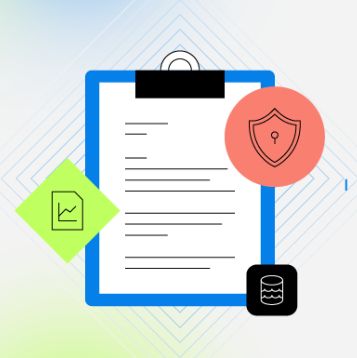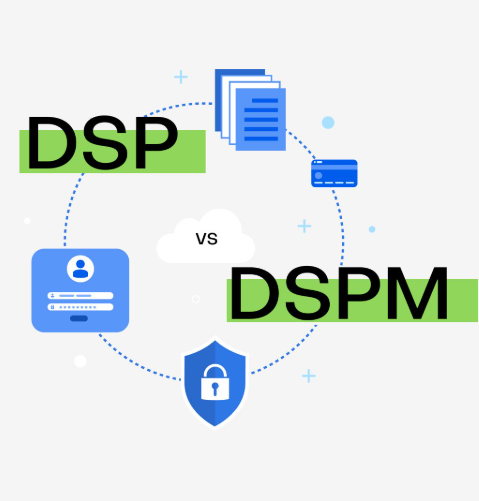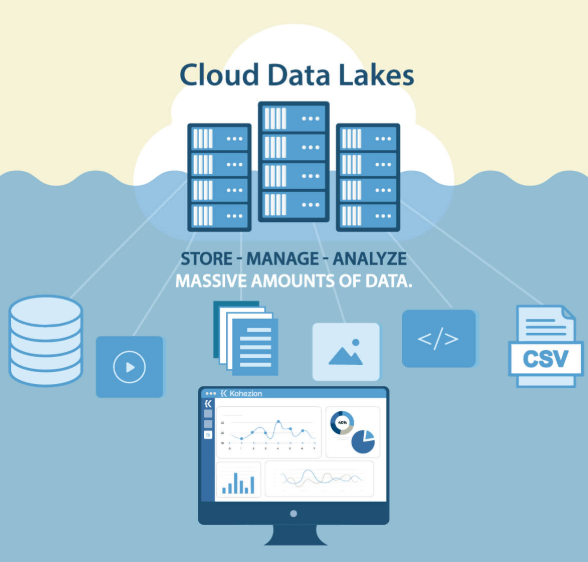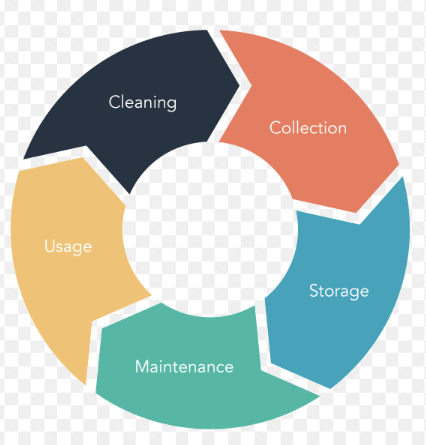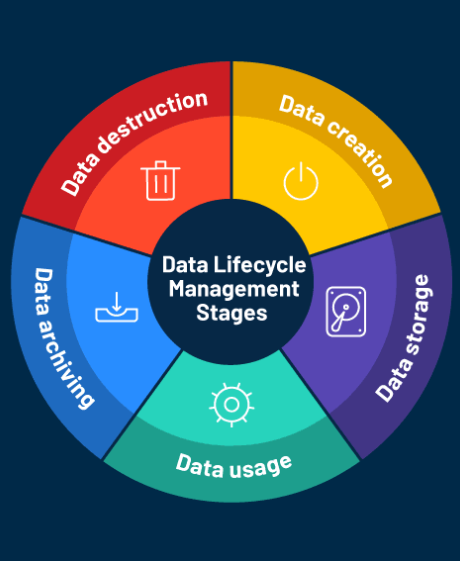
In today’s data-driven world, managing and safeguarding data is more critical than ever. As organizations rely heavily on data for daily operations and strategic decisions, implementing a strong data retention policy becomes essential. A well-crafted data retention policy provides clear guidelines on how data is handled, ensuring it complies with legal regulations and industry standards. This guide will walk you through the importance of such policies and how to build one that aligns with your organization’s goals.
What is a Data Retention Policy?
A data retention policy outlines how your organization collects, stores, and eventually disposes of data. It specifies how long different types of data should be kept, ensuring that only necessary data is stored while irrelevant or outdated information is securely eliminated. A proper data retention policy helps organizations maintain compliance with legal requirements, avoid unnecessary storage costs, and reduce risks such as data breaches. It also ensures that sensitive data is managed responsibly, enhancing operational efficiency and security.
Key Components of a Data Retention Policy
An effective data retention policy is made up of several important components that guide how data is handled across its lifecycle:
- Purpose: This section explains why the policy exists, focusing on legal compliance, data security, and efficient data management.
- Scope: Defines which types of data the policy covers, including physical and electronic data.
- Responsibility: Identifies who is responsible for implementing and overseeing the policy, such as the IT department or a dedicated data protection officer.
- Data Classification: Specifies categories of data within the organization and assigns retention periods based on the type of data and relevant regulations.
- Data Storage and Management: Details the methods and technologies used for storing, backing up, retrieving, and securely disposing of data.
- Review Process: Explains how often the policy will be reviewed and updated to comply with changes in regulations or business needs.
- Data Destruction: Establishes procedures for safely and permanently deleting data once it is no longer needed.
By including these components, a data retention policy helps organizations manage data securely, efficiently, and in compliance with applicable laws.
Steps to Building Your Data Retention Policy
Creating an effective data retention policy requires careful planning and attention to various factors, including legal obligations, business requirements, and data lifecycle management. Follow these steps to ensure your policy is comprehensive and effective.
- Identify Data Types: The first step in building your policy is identifying the types of data your organization handles. This includes customer data, employee records, financial information, and more. A thorough inventory of all data is necessary to ensure no important information is overlooked.
- Understand Legal and Regulatory Requirements: Different industries have specific regulations dictating how long certain types of data must be retained. For example, healthcare organizations must keep patient records for a set period under HIPAA, while financial institutions must adhere to regulations for transaction data. Make sure your policy aligns with both industry-specific rules and broader data protection laws.
- Determine Retention Periods: Decide how long each data type should be retained. These periods should be based on legal requirements, business needs, and the potential future value of the data. Balancing the cost of storing large amounts of data with the risks of non-compliance is key. Regularly review and update retention periods to ensure they remain relevant.
- Establish Clear Procedures: Outline the procedures for managing data throughout its lifecycle, including data collection, storage, retention, and disposal. These procedures should be aligned with retention periods and should be clearly documented so that all employees know how to handle data correctly.
- Define Roles and Responsibilities: Designate individuals or teams responsible for implementing, managing, and enforcing the data retention policy. This typically includes roles such as the Data Protection Officer (DPO) and IT staff. Make sure that all employees understand their responsibilities in complying with the policy.
- Provide Employee Training: Train employees on the importance of data retention, how to comply with the policy, and how to securely dispose of data. Ongoing training will ensure that employees are always aware of their obligations and can handle data appropriately.
- Regular Reviews and Updates: A data retention policy isn’t a static document; it must evolve with changes in technology, business needs, and regulations. Set a regular schedule for reviewing and updating the policy to ensure it remains effective and compliant.
Benefits of Having a Data Retention Policy
A clear data retention policy offers several advantages:
- Legal and Regulatory Compliance: A well-structured policy ensures your organization adheres to all relevant laws and regulations, minimizing the risk of legal penalties.
- Improved Data Management: The policy helps reduce storage costs by eliminating unnecessary data, improving efficiency, and freeing up resources for other business activities.
- Enhanced Data Security: By defining when and how data is destroyed, you reduce the chances of storing sensitive data that could be exposed in a breach.
- Fostering Customer Trust: Transparent data retention practices demonstrate your commitment to privacy and security, helping to build trust with customers and clients.
- Streamlined Legal Disputes: A well-maintained data retention policy ensures that necessary data is readily available in case of legal disputes, making resolution faster and more efficient.
The Future of Data Retention
As technology continues to evolve, so too will the methods and tools used for data retention. With the rise of AI and big data, organizations will need even more robust and scalable policies to manage the growing volume of information. Additionally, as more regions introduce stringent data protection laws, businesses must stay ahead of the regulatory curve by regularly updating their retention policies.
Conclusion
Developing an effective data retention policy is no longer optional; it’s essential for businesses to remain compliant, secure, and efficient in today’s data-driven world. By identifying data types, understanding legal obligations, setting clear retention periods, and training employees, organizations can create a policy that ensures data is handled responsibly throughout its lifecycle. With a dynamic approach that adapts to technological advances and regulatory changes, your data retention policy will help safeguard your data and your organization’s future.













